This guide helps doctors monitor the health of workers exposed to styrene.
This document details primary and secondary sources of health-based data used to inform recommendations for workplace exposure standards (WES) for hazardous chemicals and sources for recommendations for notations.
Supporting information
The model Work Health and Safety (Blood Lead Removal Levels) amended Regulations 2018 – model provisions amends:
-
R394 Meaning of lead risk work
-
R407 Frequency of biological monitoring
In 2016, amendments were made to the model Work Health and Safety (WHS) Regulations to exempt certain agricultural and veterinary (AgVet) chemical products from WHS hazardous chemical labelling requirements.
Use this information sheet if you, or the workers you manage, unpack shipping containers.
These information sheets have information on:
Use this information sheet if you, or the workers you manage, unpack shipping containers that have been fumigated with methyl bromide.
Methyl bromide is used as a fumigant to stop pests, like insects, from being imported into Australia.
Use this information sheet if you manufacture or import agricultural and veterinary (AgVet) chemicals.
It includes changes to work health and safety (WHS) labelling requirements for AgVet chemicals.
Use this information sheet if your business uses, handles or stores agricultural and veterinary (AgVet) chemicals.
A random, population-based sample of 5,528 Australian workers participated in the Australian Work Exposure Study (AWES). Workers answered questions about the tasks they completed and the controls used at work.
Use this information sheet if you, or the workers you manage, unpack shipping containers.
Use this information sheet to manage the health and safety risks of solvents at your workplace.
Use this guide to manage the risks of isocyanates at your workplace.
Isocyanates are hazardous chemicals used in manufacturing materials, like:
The issue
Polycyclic aromatic hydrocarbons (PAHs) are a group of chemical compounds formed during the incomplete combustion of organic material.
The Australian Work Exposures Study (AWES) was a national survey conducted by the Western Australian Institute of Medical Research (WAIMR) in 2011–12 that investigated work-related exposures among Australian workers to 38 known or suspected carcinogens.
The Australian Work Exposures Study (AWES) was a national survey conducted by the Western Australian Institute of Medical Research (WAIMR) in 2011–12 that investigated work-related exposures among Australian workers to 38 known or suspected carcinogens.
The Australian Work Exposures Study (AWES) was a national survey conducted by the Western Australian Institute of Medical Research (WAIMR) in 2011–12 that investigated work-related exposures among Australian workers to 38 known or suspected carcinogens.
Use this guide if you work with refractory ceramic fibres (RCF) or high biopersistence fibres and need to manage the health and safety risks to workers.
Use this guide if you manage cyanide in the workplace.
Exposure to cyanide can cause cyanide poisoning to workers who store, handle and use cyanide.
Use this guide if you manage foundry work in the workplace.
Foundry work involves casting molten metal into a mould. It presents a range of work health and safety risks that need to be managed.
Several European studies have reported high levels of residual chemical levels in sealed shipping containers. The Australian Customs and Border Protection Service found similar results when testing containers in Australia.
This model Code of Practice has been developed to provide practical guidance on how to manage health and safety risks associated with hazardous chemicals for persons conducting a business or undertaking who use chemicals in their workplace.
This model Code of Practice guides you on how to correctly label hazardous chemicals used in the workplace.
Use this Code of Practice if you make, import, supply or use hazardous chemicals.
This model Code of Practice guides you on how to develop a safety data sheet for a hazar
This model Code of Practice sets out the legal duties for licensed and unlicensed asbestos removal.
This Code is for people involved in asbestos removal at work, including at residential premises. It applies if you:
This fact sheet will help you understand:
Use this guide if your workplace carries out electroplating.
It can also be used by workplaces undertaking:
This report investigates the exposure of office workers to nanoparticle emissions during the use of laser printers and provides guidance on minimising exposure to nanoparticle emissions in office environments.
